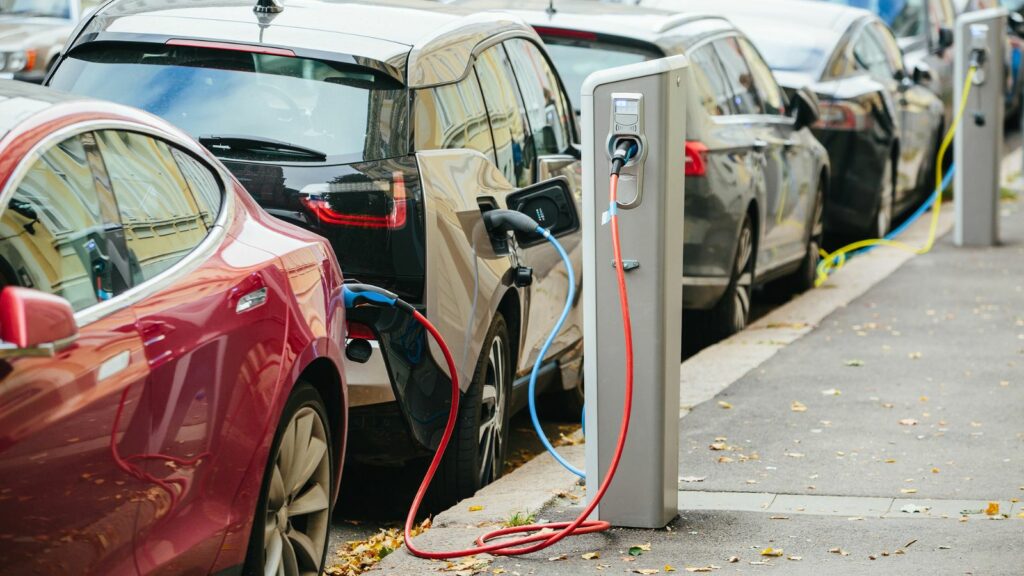Electric vehicles were widely expected to be more reliable than gasoline cars because they have fewer moving parts and simpler drivetrains. The idea made sense. No oil changes, no timing belts, no exhaust systems, and far fewer mechanical components to wear out. But a recent study found that real world reliability does not show a dramatic advantage. EVs break down at roughly the same rate as gas powered vehicles. What differs is what fails, how repairs are handled, and how long those repairs take.
EVs Have Fewer Moving Parts But More Complex Systems

An electric motor is simpler than a traditional engine. Instead of hundreds of moving components, it uses a small number of precision parts. In theory, that should reduce long term wear. However, EVs rely heavily on electronic control units, battery management systems, sensors, and software to coordinate everything.
When electronic systems fail, the vehicle may become undriveable even if all mechanical components are fine. In gasoline cars, drivers may be able to limp to a repair shop with a failing part. EVs often shut themselves down to protect the battery or electrical system. This protective logic prevents damage but increases the likelihood of tow truck situations.
Battery and Charging Issues Are a Common Source of Trouble

The study found that many EV breakdowns are related to charging rather than battery failure itself. Charging ports may fail to connect, home chargers may communicate incorrectly with the vehicle, or public chargers may deliver inconsistent power.
Some drivers report situations where the car displays a healthy charge but cannot deliver power to the wheels due to sensor or software errors. Unlike a gasoline car that can be refilled quickly at any pump, an EV with charging trouble may remain unusable until the issue is properly diagnosed.
Even when the battery pack is healthy, the accessories that support charging can create real downtime.
Gas Cars Fail More Often from Traditional Wear

Gasoline vehicles typically break down due to mechanical wear. Belts crack, pumps seize, hoses leak, sensors fail, and engine heat slowly degrades components. These breakdowns are common but familiar. Most repair shops know how to diagnose and fix them quickly. Parts are widely available, and repairs often follow well known patterns developed through decades of service history.
EVs avoid many of those traditional issues. They do not need oil, they do not have spark plug systems, and they do not rely on transmission complexity in the same way. Yet when EVs do break, the repair process is often slower and more specialized.
Repair Times Are Often Longer for EVs
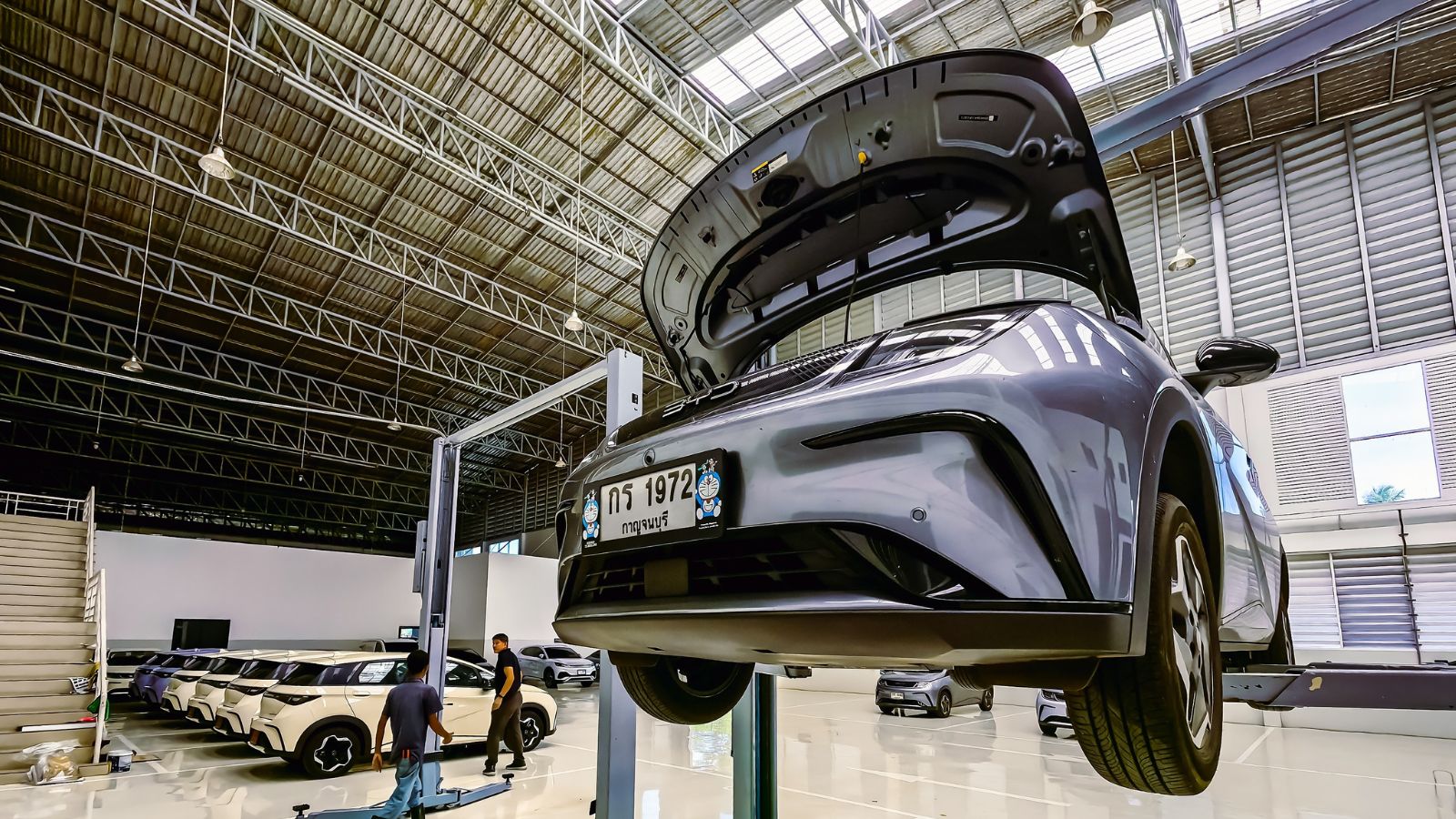
Even though EVs break down at similar rates, the study found that repair times can be longer. Many dealerships and independent shops are still learning how to work safely with high voltage systems. Technicians require certification, insulated tools, and special training to diagnose and repair batteries and electronic control modules.
Parts availability also varies. Gasoline car components are produced in massive quantity and stored in regional warehouses. EV parts, particularly for newer models, may require factory shipment or software authorization to install.
The breakdown itself may not be more severe. The time required to complete the repair can be.
Cold Weather Still Causes Performance and Range Challenges

Cold weather affects EV usability more than gasoline vehicles. Batteries operate best within a controlled temperature range. In cold conditions, the battery uses extra energy to heat itself and maintain performance. This can lead to reduced range and slower charging until the battery reaches optimal temperature.
While it is not always a breakdown in the classic sense, many drivers experience cold weather range loss as a reliability issue, especially if they are new to EV ownership. Gas cars also struggle in winter, but the symptoms are different and more familiar to seasoned drivers.
Drivers Have Influence Over EV Reliability
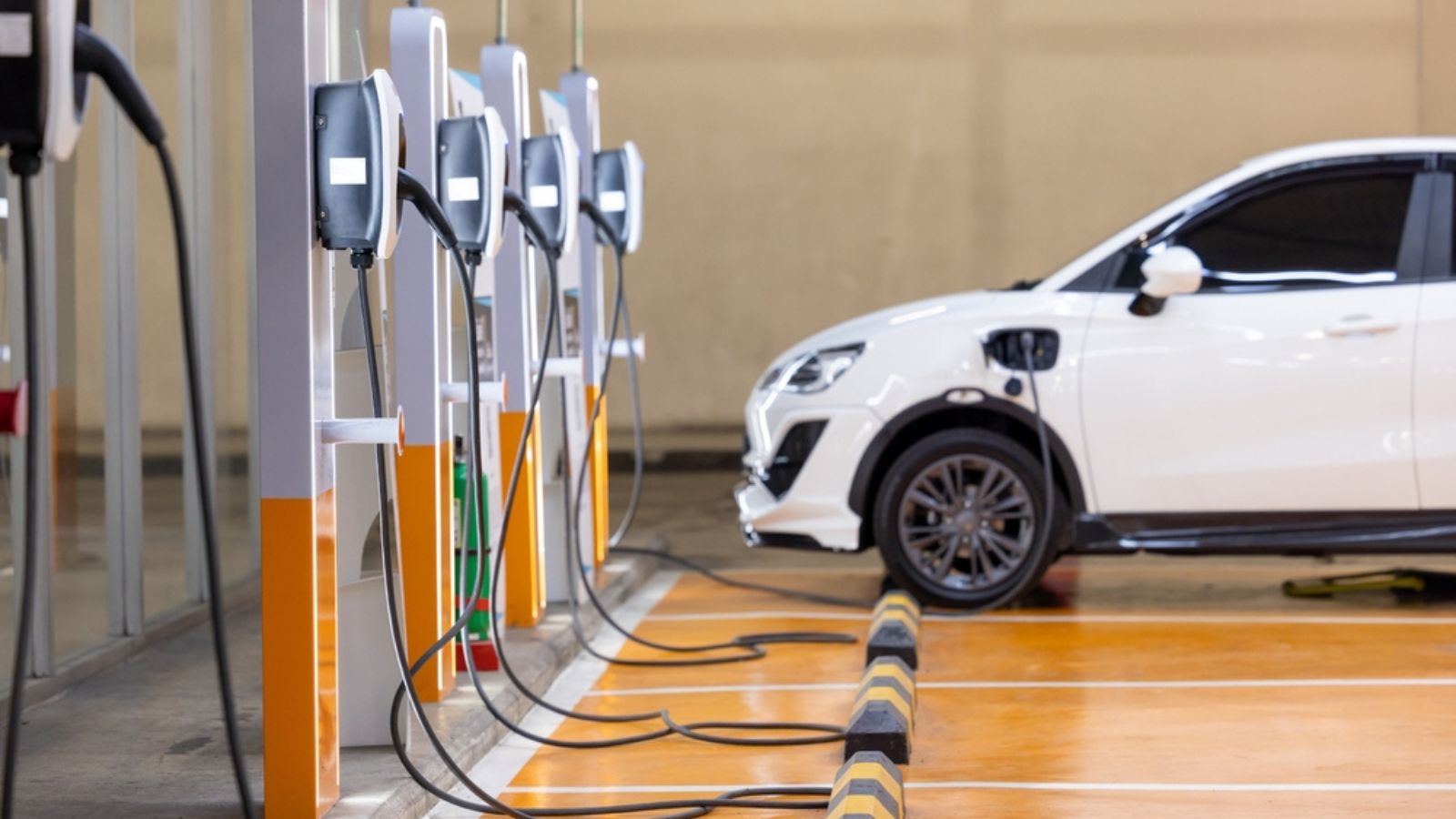
The study also highlighted that driver habits can influence EV reliability more than many people expect. Frequent fast charging, storing the battery at maximum charge for extended periods, and aggressive acceleration all increase thermal stress. Over time, this can reduce efficiency and range.
Gas cars suffer from neglected maintenance in a similar way. Skip oil changes or ignore warning lights and breakdowns become more likely. Both types of vehicles reward consistent care.
The Takeaway for Buyers
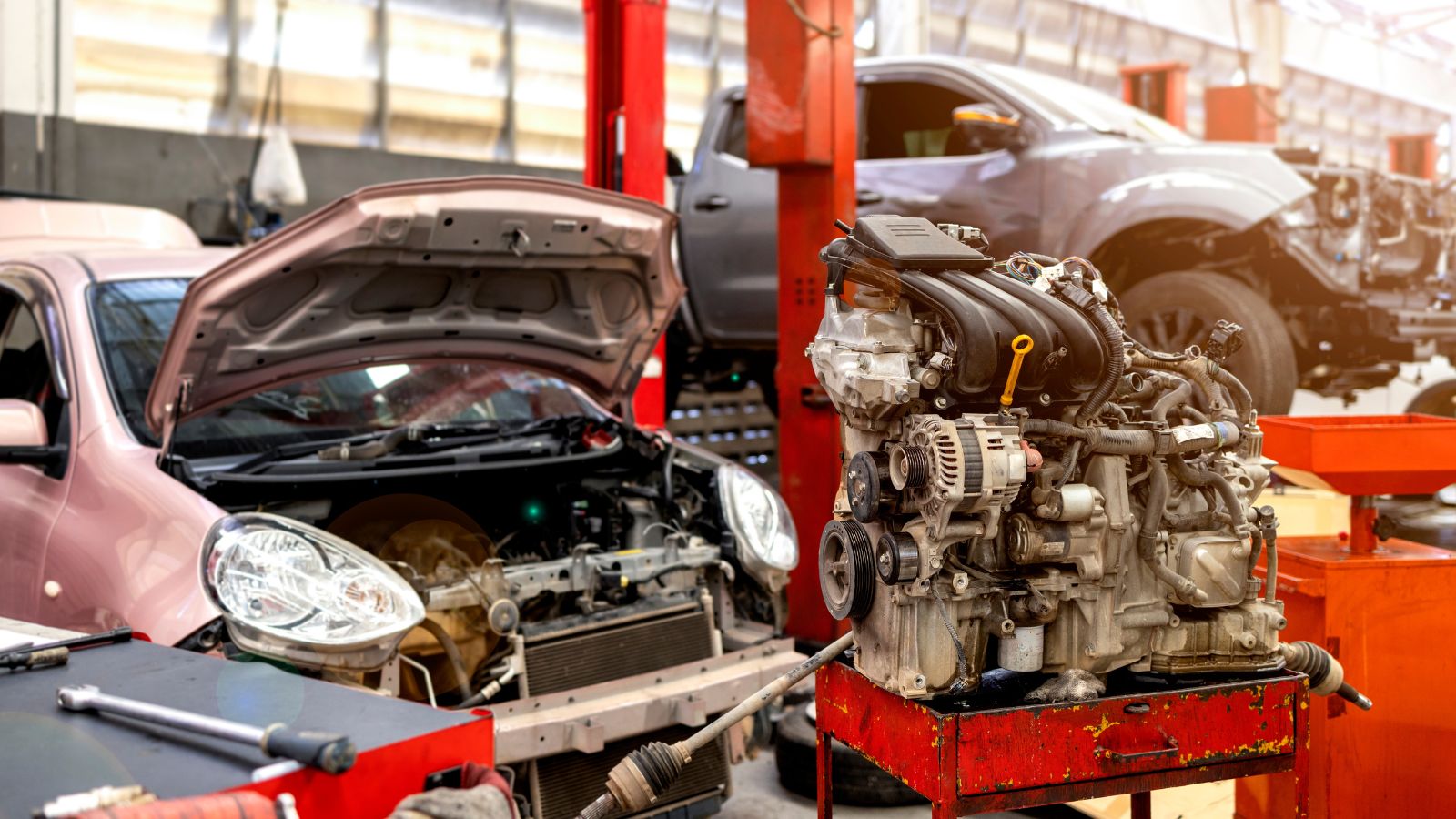
The study does not suggest that EVs are unreliable. It shows that EVs simply have different failure points and different repair realities than gasoline cars.
Buying a gas car means learning mechanical maintenance.
Buying an EV means learning charging habits and battery care.
The overall breakdown rate is close. The ownership experience changes based on how well drivers understand the vehicle.
The Future Depends on Service Networks and Training
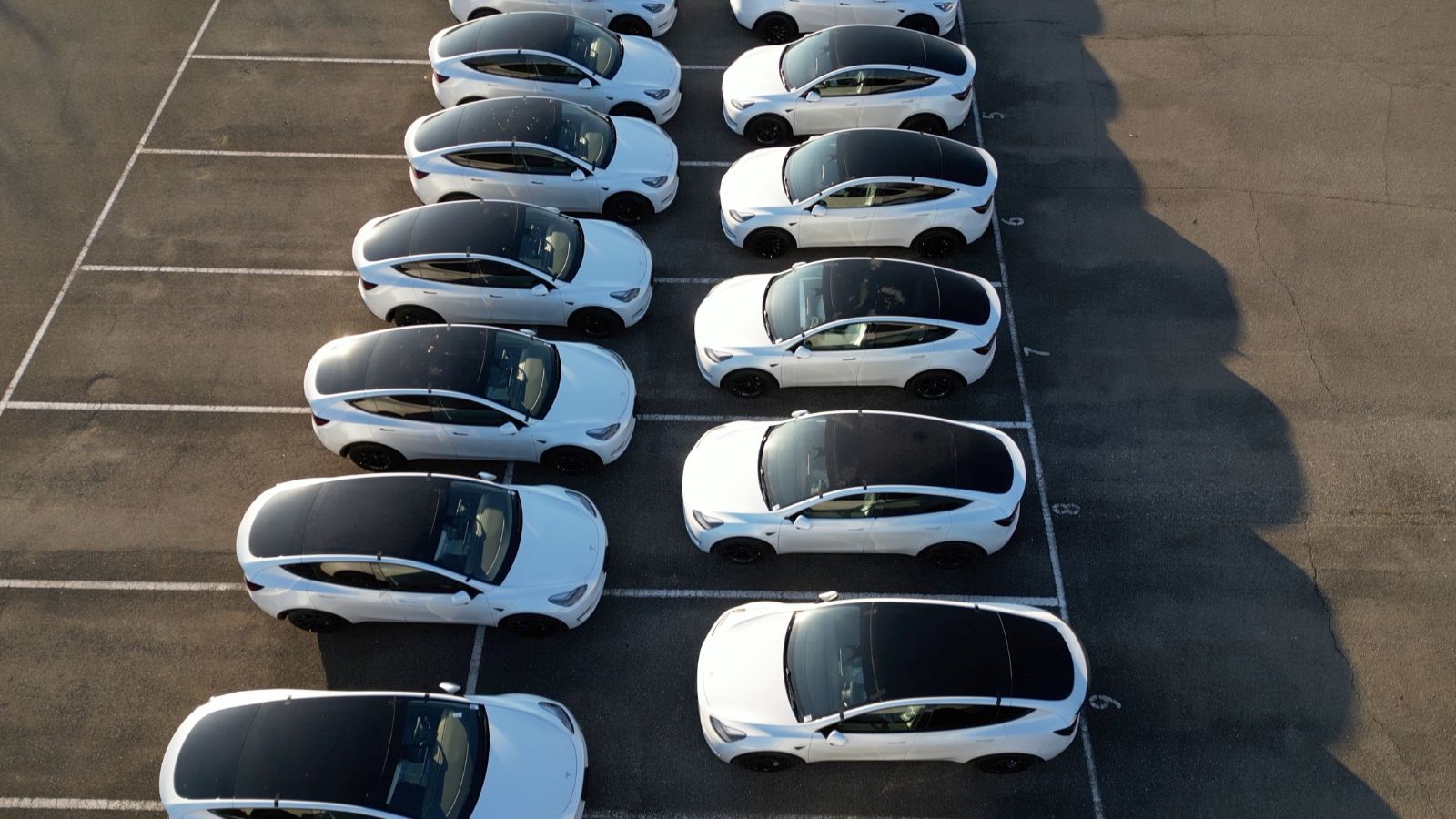
As more EVs enter the market, repair networks will expand, more technicians will gain training, and parts distribution will improve. The learning curve will flatten.
For now, the biggest difference is not how often EVs break, but what happens afterward. Repair support, shop availability, and charging infrastructure will determine how smoothly EV ownership fits into everyday life.
25 Facts About Car Loans That Most Drivers Don’t Realize

Car loans are one of the most common ways people fund car purchases. Like any other kind of loan, car loans can have certain features that can be regarded as an advantage or a disadvantage to the borrower. Understanding all essential facts about car loans and how they work to ensure that you get the best deal for your financial situation is essential. Here are 25 shocking facts about car loans that most drivers don’t realize:
25 Facts About Car Loans That Most Drivers Don’t Realize
